Ten weird Manchester landmarks that are hiding in plain sight
Pretty much everyone knows about the gothic splendour of Manchester town hall, the sleek curves of Urbis and the intricate decoration of the Chinatown arch. But what about the alternative wonders of Manchester?
The off-the-beaten-path landmarks recognised only by those in the know? Often quirky, hidden or downright odd, in their own way, they are as much a part of the city as the well-trodden tourist attractions.
Here we celebrate some of the little-known wonders of Manchester...
Blue post box
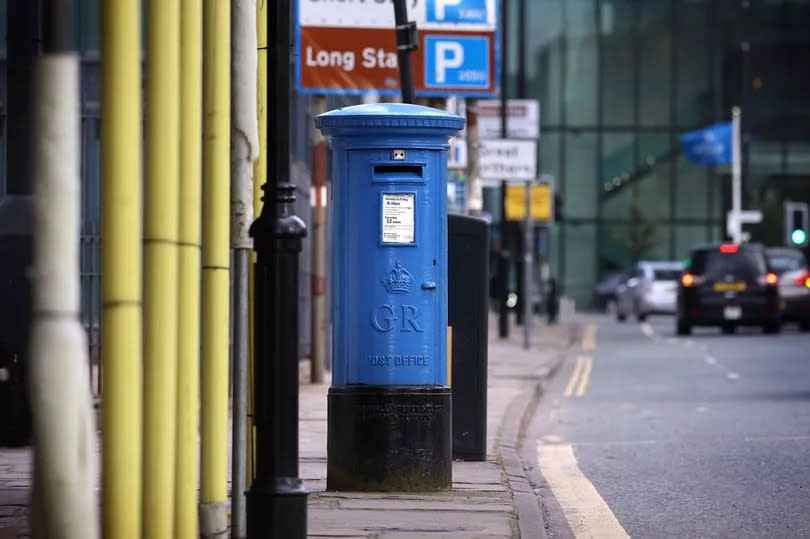
There's only two of them in the country and one of them is right here in Manchester. On Liverpool Road, opposite the White Lion pub, stands a sky blue post box.
The unusual colour was used to signify a special 'air mail' postal service in the inter-war period.
READ MORE:
But the Manchester version isn't an original. It started out in life like any other red box, but was repainted in 1983, the year the city's Aerospace Museum opened, to commemorate the links between the Post Office and Britain's aviation industry.
In case you're wondering, the other stands outside Windsor Castle.
Lowry bridge
Red Bank is the latest part of inner-city Manchester to be swept up in the tidal wave of development. But if you know where to look you can still find a relic of its down-at-heel Victorian past that once caught the eye of LS Lowry.
In a 1938 painting Lowry immortalised a footbridge that crossed the River Irk and Lancashire and Yorkshire Railway, connecting Collyhurst Road and Cheetham Hill. The railway is long gone, but the bridge still stands.
It's no longer in use, but for those intrepid enough to climb the overgrown steps you're greeted with a hidden piece of Manchester's industrial heritage and a cracking view back over the city centre.
Ancoats peepholes
At the turn of the century attentions were beginning to turn to Ancoats, then a rundown district of derelict mills and factories. Artist Dan Dubowitz was commissioned to help drum up interest in what the powers-that-be hoped would become the regeneration of the world's first industrial suburb.
Over the next eight years Dubowitz made a series of 'peeps', spyholes he either found or constructed into the walls of old buildings. Over the years several have been lost, but some - even Dubowitz doesn't know exactly how many - remain, giving a glimpse into frozen up spaces which have been sealed in time.
Tib Street parrots
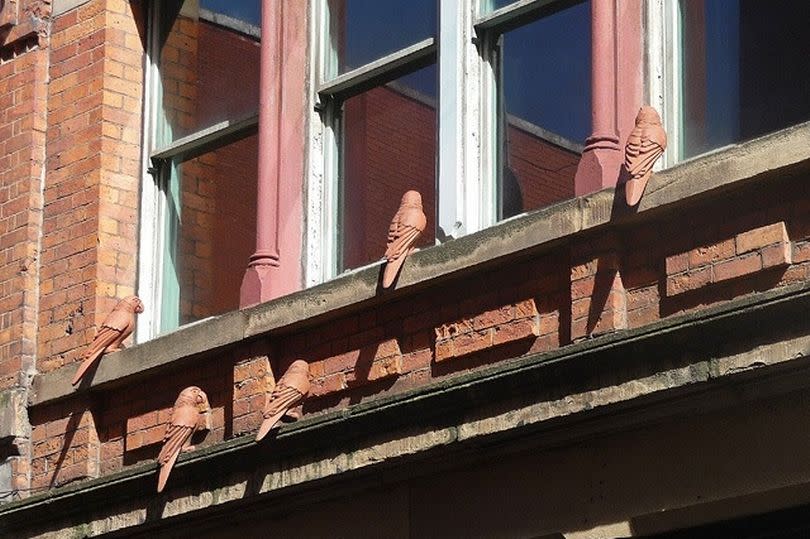
The next time you're in the Northern Quarter look up and you might spot some of the model birds perched on window ledges and old fire escape brackets. Designed by Brighton-based sculptor Guy Holder, they are inspired by Tib Street's colourful past-life as 'Pets Paradise'.
In Victorian times and well into the 20th century, the street was a bustling hub of pet shops, selling everything from monkeys to goldfish. And, because the traders often displayed the animals in their windows or outside in the street, it pulled in the crowds, with hundreds of window shoppers visiting every day
Mr Smith's Dream
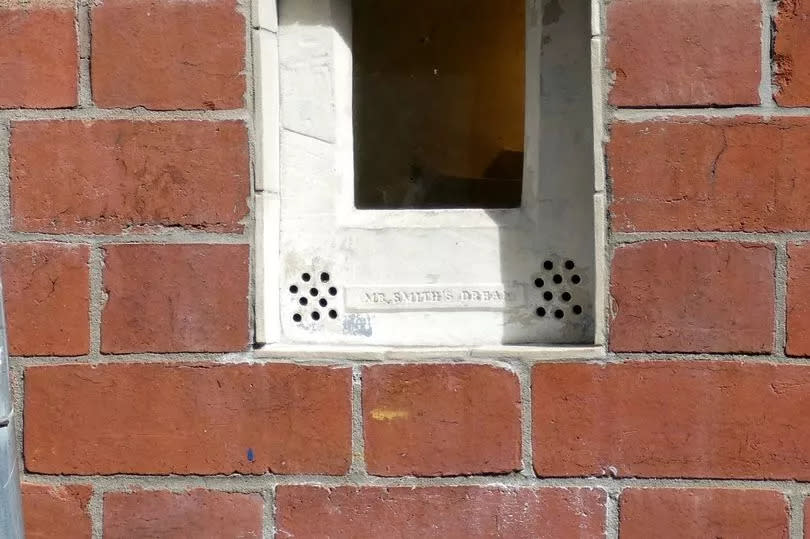
Staying on the pet shop theme, Mr Smith's Dream is a cute diorama set into the wall of Manchester Craft and Design Centre in the Northern Quarter. Designed by ceramicist Liz Scrine, it depicts an animal sat on a curving staircase and is said to pay homage to a man named Mr Smith who once ran a pet shop in the area.
Cast no shadow bridge
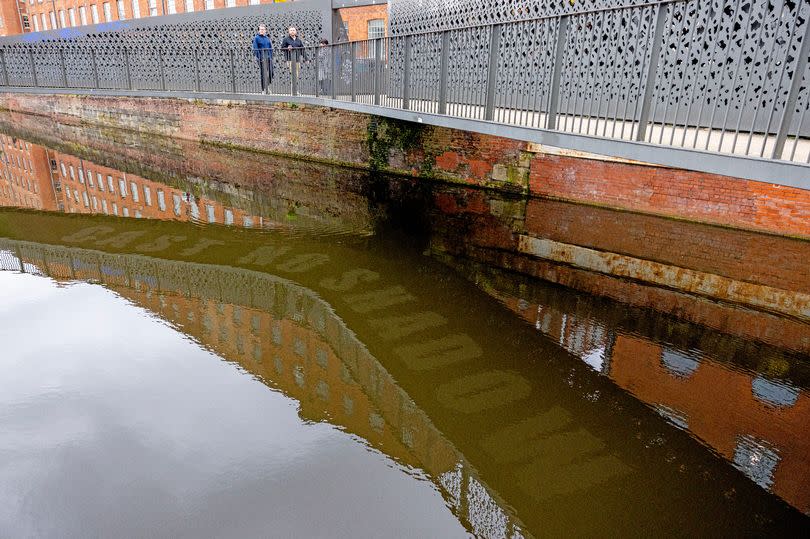
In a clever design trick, the words 'Cast no shadow' are stencilled in reverse on the underside of the footbridge over the Rochdale canal to Ancoats marina. The idea is that on a sunny day they reflect onto the canal.
The phrase, as any music fan will know, is lifted from the Oasis song of the same name, written by Noel Gallagher in honour of his pal Verve frontman Richard Ashcroft.
Gnome island

On a concrete island in the middle of the Manchester Ship Canal, stands an unusual community. The large group of gnomes has been a feature of Salford Quays since 2017, when the first gnome, Gnorman, arrived.
Since then he's been joined by several others, a sign reading #GnomeIsland and even a dedicated Facebook page. But the identity of the person responsible for Gnorman landing on the island, or the gnomes that have since joined him, remains a bit of a mystery.
Collyhurst submarine
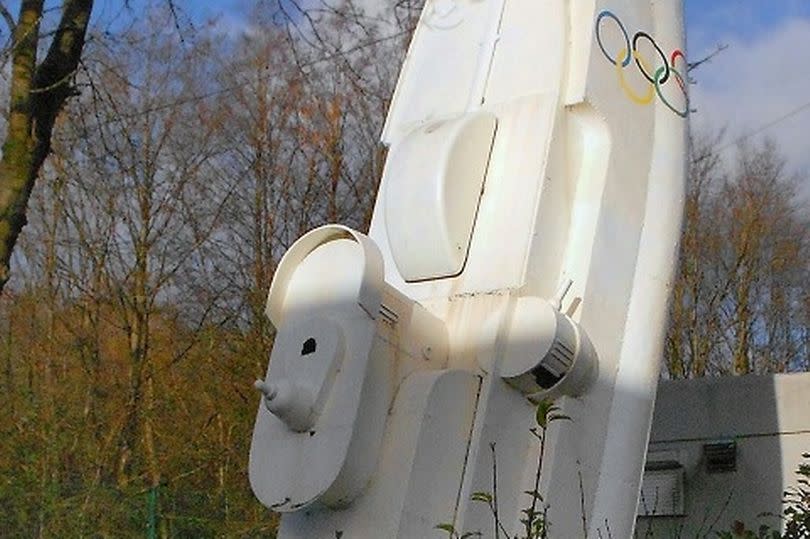
An industrial estate in Collyhurst, more than 30 miles inland, is an unlikely spot for a submarine. Outside HMG Paints, in Sandhills, stands the 25ft tall Nothing to Worry About (Dread Nowt) sub - a pun on the Dreadnought-class battleship - appearing to dive underground
Built from mild steel by Manchester artist Jonathan Woolfenden, it was transported from the sculptor's workshop on a flatback wagon in 1992 and embedded in 10 tons of concrete to become a landmark piece of public art.
Peachstone Henge
Up a fairly steep flight of steps from the submarine, you'll find a miniature Mancunian version of Stonehenge. In the middle of Sandhills, a park built on reclaimed land that was once Collyhurst quarry, stands Peachstone Henge.
Created by artist Andrew McKeown, the sculpture, also known as 'Egghenge', was commissioned to mark the millennium. A similar sculpture by the same artist also sits in Victoria Mill Park, next to the canal in Miles Platting.
Boardman's Entry
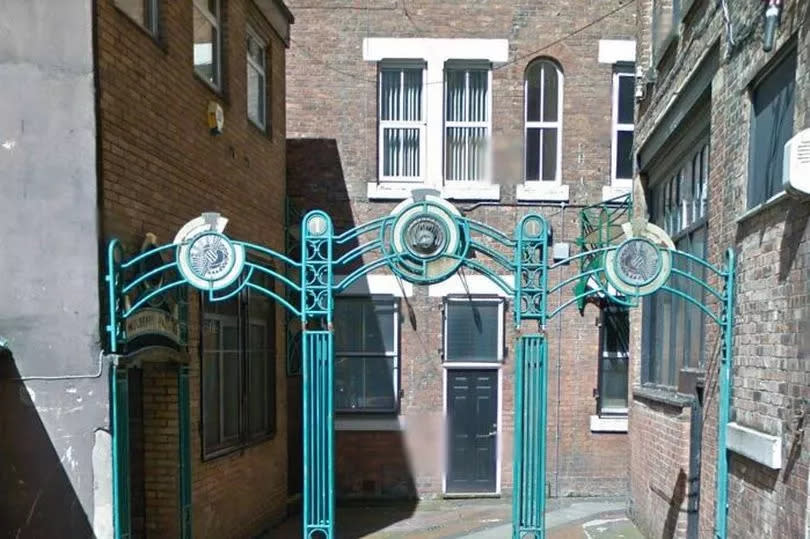
Just off St Anne's Square on South King Street, you'll find a little passageway which leads to Princess Street. Known as Boardman's Entry, it's the start of five connected alleys that pay tribute to one of the city's most famous sons - the scientist John Dalton.
Born in 1766, his scientific findings in the early 19th century revolutionised industry, and is known as the man who pioneered the weather forecast. For over 50 years he kept daily records of the local weather, and when modern forecasters are referring to the earliest existing UK records, they are often referring to Dalton’s work.
His last recorded words were in fact a weather report for the former Manchester Guardian in 1844, which read: "60, 71, 30.18, SW 1, Little Rain." Sadly the metal umbrellas which once hung over Boardman's Entry are no longer there, but the paths remain a great way to navigate this part of town away from the crowds.

 Yahoo News
Yahoo News 
